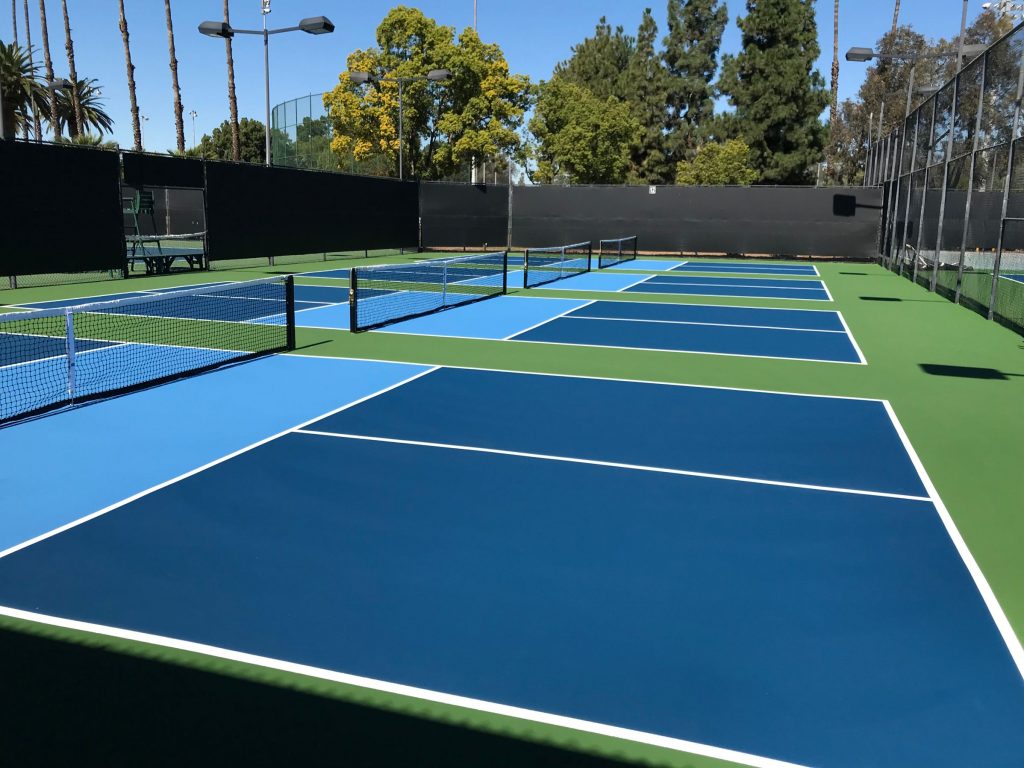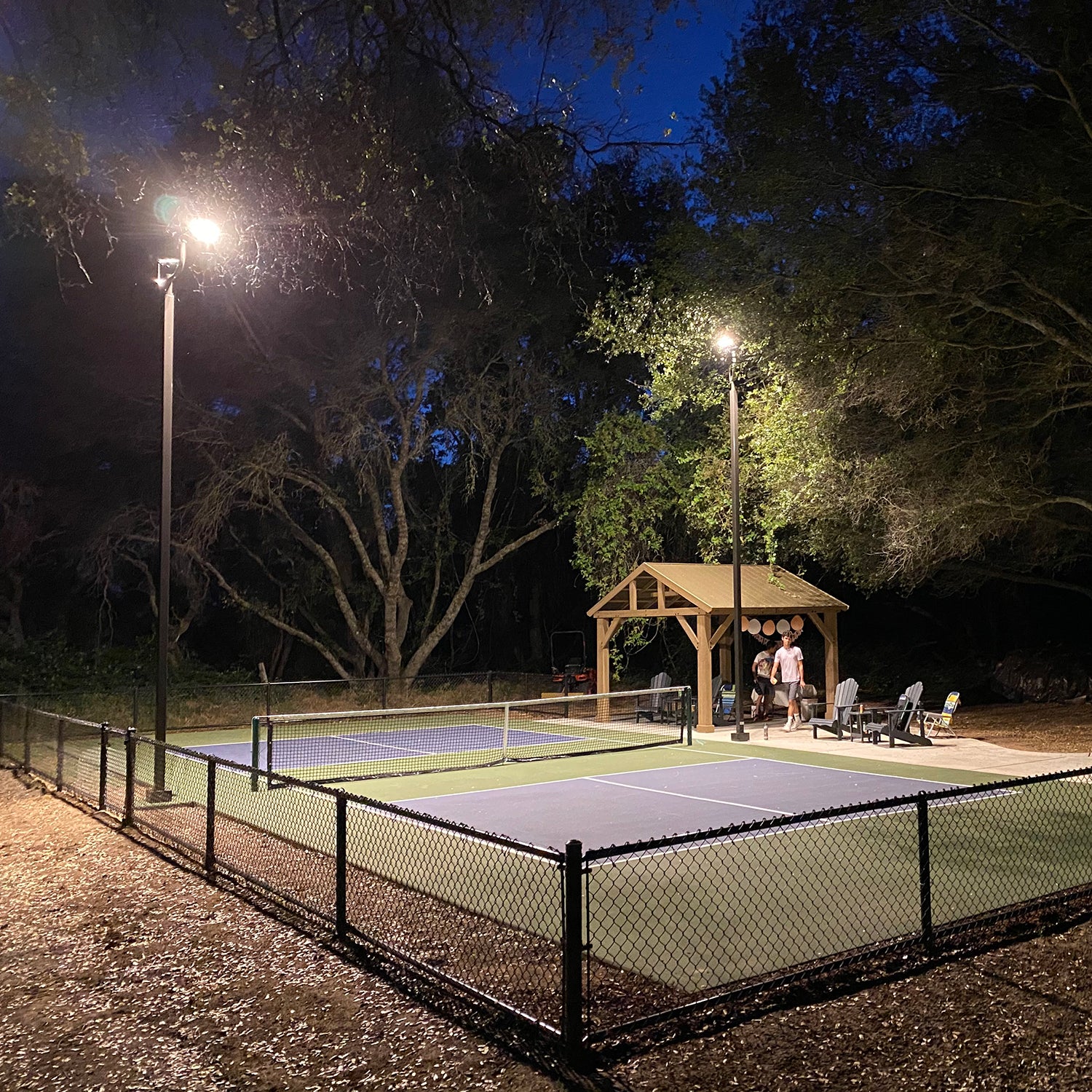Increase Resident Engagement With Community-Driven Pickleball Court Projects
The introduction of community-driven pickleball court tasks offers an one-of-a-kind opportunity to foster regional interaction and reinforce area connections. The real question stays: exactly how can these grassroots initiatives be purposefully applied to ensure sustainability and inclusivity in diverse communities?
Significance of Neighborhood Interaction
Neighborhood interaction is a vital component in the successful growth of pickleball court projects, as it cultivates a sense of possession and collective duty amongst locals. When area participants are proactively involved in the preparation and implementation phases, they are more probable to support for the job's lasting success. Involving stakeholders such as local players, households, and leisure groups makes certain that the facilities satisfy the varied needs and choices of the neighborhood.
Furthermore, community involvement cultivates a helpful environment where citizens really feel empowered to contribute their ideas and sources. Pickleball court construction. This joint strategy can lead to innovative services that improve the design and functionality of the courts, making them extra attractive to a bigger target market. In addition, including citizens in decision-making procedures can enhance social ties, promoting inclusivity and unity within the neighborhood
The presence of area assistance for a pickleball project can likewise play a pivotal duty in safeguarding funding and approval from local authorities. By demonstrating a shared dedication to recreational growth, communities can successfully promote for resources and policy modifications that favor the facility of pickleball courts, inevitably enhancing the local society and entertainment landscape.
Actions to Launch a Job
Starting a pickleball court project requires a systematic approach that improves the structure of neighborhood interaction developed in previous conversations. The initial step is to set up a job board consisting of neighborhood stakeholders, lovers, and reps from relevant organizations. This varied team makes certain that numerous perspectives are considered.
Following, conduct a requirements analysis within the community. Surveys, focus teams, and public meetings can be effective in evaluating rate of interest and gathering input on potential court locations, desired facilities, and scheduling preferences. Following this, create a task strategy describing timelines, objectives, and responsibilities.
When the plan is in area, involve with neighborhood authorities to recognize zoning guidelines and any kind of necessary licenses. Connecting transparently with the area throughout this process is essential, as it promotes trust and urges further involvement.
Furthermore, organizing area events can assist keep momentum and enthusiasm. These events can function as systems for additional conversation and assistance to reinforce community connections. Last but not least, file every step taken and keep comprehensive documents, as this will certainly be valuable for future stages of the job, consisting of funding and source procurement.
Financing and Resources Available
Securing financing and sources for a pickleball court job is usually a critical action that can figure out the project's usefulness and success. Various opportunities exist for getting financial backing, varying from public funding to exclusive sponsorships. City government grants, commonly targeted at promoting area health and wellness and entertainment, can provide substantial financial backing for such initiatives.
Along with government resources, nonprofit organizations and foundations often provide gives especially for sports and neighborhood growth projects. Engaging neighborhood organizations as sponsors can additionally be a fruitful strategy; several business aspire to buy neighborhood initiatives that boost their corporate social responsibility account.
Crowdfunding platforms have actually arised as a practical check my source option for grassroots fundraising, enabling community participants to add directly to the project. This strategy not only elevates funds however additionally fosters a their website feeling of ownership among individuals.
Layout and Planning Factors To Consider
Efficient design and preparation are essential parts of any type of effective pickleball court project adhering to the purchase of funding and resources. A detailed analysis of the suggested location is essential; this includes assessing accessibility, proximity to existing neighborhood features, and the capacity for presence and involvement.
The layout of the court should adhere to main size requirements while thinking about the bordering setting. Incorporating features such as seats, color structures, and ideal lights can considerably enhance gamer experience and spectator enjoyment. Products selected for the court surface need to focus on resilience and safety, with choices like acrylic or asphalt offering ideal efficiency.
Entailing community members in the layout procedure cultivates a feeling of possession and ensures that the facility satisfies local requirements - Pickleball court construction. This can be achieved via public assessments and studies, allowing stakeholders to express their choices and problems
Sustainability needs to likewise be a top priority; incorporating green materials and practices can add to long-lasting stability. Lastly, creating a maintenance strategy to make sure the court stays in excellent problem will support ongoing area involvement and participation in pickleball tasks.

Success Stories and Study
Highlighting the transformative impact of community-driven efforts, several success stories illustrate just redirected here how joint initiatives have actually caused the growth of dynamic pickleball courts across different regions. One significant instance is the initiative in a town in Florida, where homeowners grouped with each other to transform an underutilized tennis court into a specialized pickleball facility. Through fundraising events and partnerships with local services, the community elevated adequate funds to set up brand-new nets, resurfacing, and lines, ultimately fostering a dynamic center for neighborhood players.
Similarly, in a suburb of The golden state, a grassroots movement emerged to create pickleball courts in a local park. The task not only engaged volunteers for building and construction yet additionally included workshops to engage neighborhood participants in the sporting activity. Because of this, the courts became a prime focus for social communication and physical fitness, drawing in gamers of every ages.
These study exemplify exactly how community-driven jobs can boost local interaction, advertise physical activity, and enhance social bonds. By leveraging collective sources and interest, communities can effectively create and sustain pickleball facilities that offer varied populaces and foster a feeling of belonging.

Final Thought
By focusing on stakeholder participation throughout the planning and application stages, these campaigns can properly deal with varied area demands. Ultimately, such efforts add to the transformation of public rooms into vibrant centers of physical fitness and social interaction, strengthening neighborhood connections.
The emergence of community-driven pickleball court jobs provides an one-of-a-kind chance to foster regional engagement and reinforce neighborhood connections.Area engagement is an essential component in the effective advancement of pickleball court projects, as it fosters a feeling of possession and cumulative obligation amongst homeowners. When area participants are proactively involved in the preparation and execution stages, they are more likely to support for the task's long-term success.Initiating a pickleball court project needs a methodical approach that builds on the foundation of community interaction developed in previous discussions. The job not only involved volunteers for building and construction however likewise consisted of workshops to engage community members in the sport.